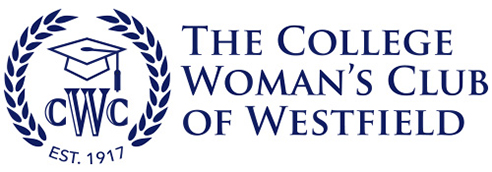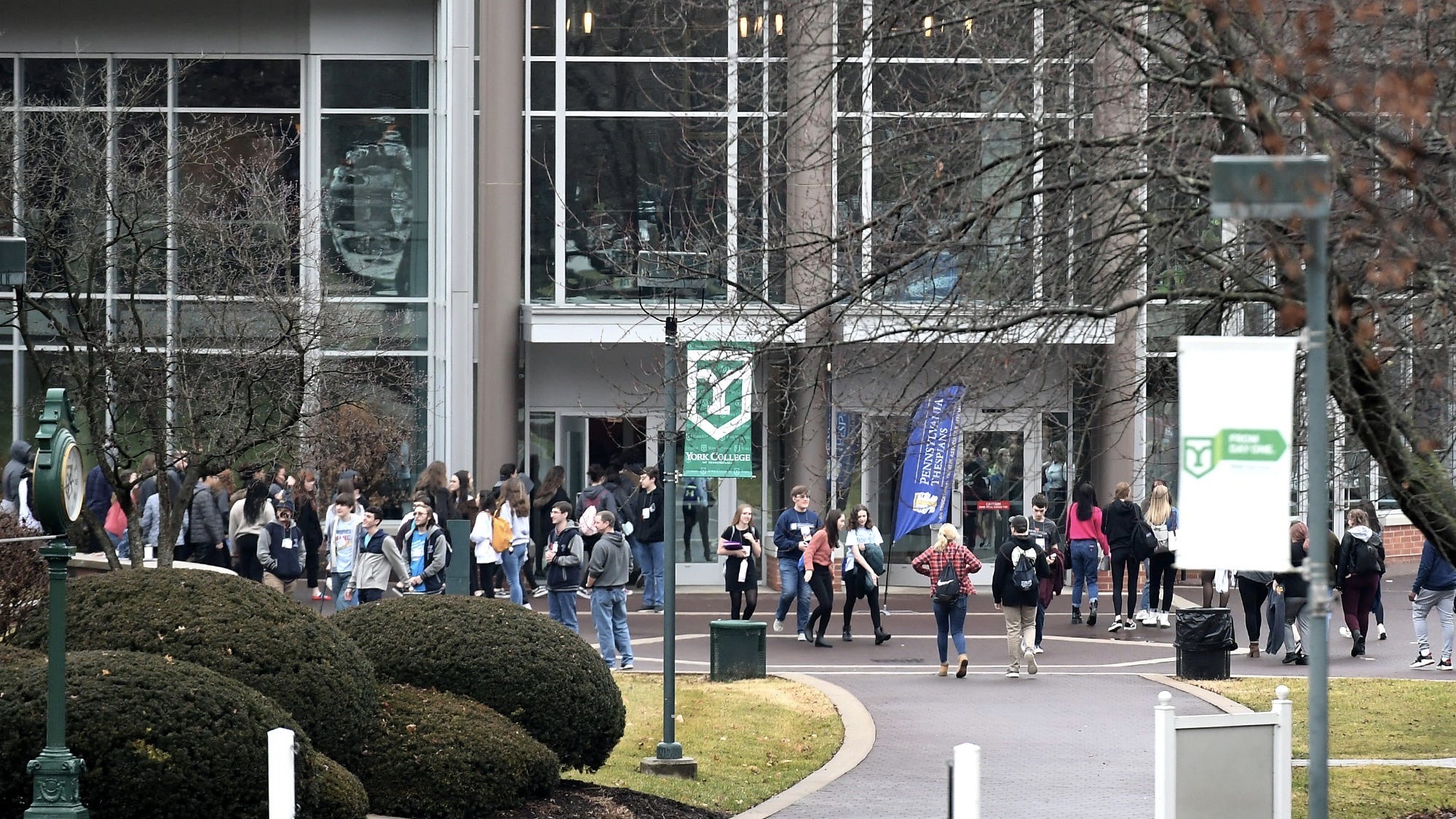The Washington Post
By Heather Long and Danielle Douglas-Gabriel
September 16, 2020
In August, Paige McConnell became the first in her family to go to college — and the first to drop out.
McConnell, 18, could not make online classes work. She doesn’t have WiFi at her rural home in Crossville, Tenn. The local library turned her away, not wanting anyone sitting around during the pandemic. She spent hours in a McDonald’s parking lot using the fast-food chain’s Internet, but she kept getting kicked off her college’s virtual classes because the network wasn’t “safe.” Two weeks after starting at Roane State Community College, she gave up.
“At my high school graduation, I told all my family I would go to community college. I was trying to better my future,” McConnell said. “But the online classes really threw me for a loop. I knew I couldn’t do it.”
McConnell’s situation is playing out all over the country. As the fall semester gets into full swing in the midst of the coronavirus pandemic, schools are noticing a concerning trend: Low-income students are the most likely to drop out or not enroll at all, raising fears that they might never get a college degree. Some 100,000 fewer high school seniors completed financial aid applications to attend college this year, according to a National College Attainment Network analysis of Free Application for Federal Student Aid (FAFSA) data through August.
The lower enrollment figures are the latest sign of how the economic devastation unleashed by the coronavirus crisis has weighed more heavily on lower-income Americans and minorities, who have suffered higher levels of unemployment and a higher incidence of covid-19, the disease caused by the novel coronavirus. Students from families with incomes under $75,000 are nearly twice as likely to say they “canceled all plans” to take classes this fall as students from families with incomes over $100,000, according to a U.S. Census Bureau survey in late August.
The drop-off in college enrollment is unusual and particular to this pandemic, as college enrollment during the Great Recession grew. Typically, enrollment jumps during economic downturns when jobs are scarce and people look to retrain. Yet, the opposite is happening now.
Students who are the first in their families to pursue college degrees don’t tend to take “gap years” to travel and intern. When low-income students stop attending school, they rarely return, diminishing their job and wage prospects for the rest of their lives. Only 13 percent of college dropouts ever return, a National Student Clearinghouse report last year found, and even fewer graduate.
“The ultimate fear is this could be a lost generation of low-income students,” said Bill DeBaun, the National College Attainment Network’s (NCAN) data director, who put together the FAFSA tracker.
Enrollment trends so far show especially steep drops among Black students and rural White students. These students are facing multiple setbacks: difficulty paying for college, job losses and the public health crisis, as coronavirus cases have hit African American and Hispanic communities the hardest. A new report from the National Student Clearinghouse found summer enrollment fell the most at community colleges and among Black students. Experts say summer trends are often a good indicator of what’s to come.
Official fall enrollment data won’t come out until October, but education research company EAB has been tracking tuition deposits at 100 four-year colleges, because deposits are a good indicator of whether a student will actually attend. Deposits are down 8.4 percent among families making less than $60,000 a year.
Students from lower-income families and students of color have fueled undergraduate enrollment growth over the past two decades, leaders worry the pandemic could be wiping out years of progress.
“We could erase a lot of access gains over the past 20 years in one fell swoop,” said Brett Schraeder, an EAB consultant who put together the report.
When he saw students huddled outside a Sheetz convenience store trying to do their virtual classes on the store’s WiFi network, John J. “Ski” Sygielski, president of HACC, Central Pennsylvania’s Community College, realized just how much help his school would have to provide low-income students if they were to make it through the fall semester.
Like many schools, HACC is predominantly holding virtual classes this fall. Sygielski’s team has given out hundreds of computers to needy students and “close to 400” hotspots, but he fears too many students will just give up on higher education as they see family members getting sick with covid-19, losing jobs and struggling to eat.
“I’ve had students leave laptops in my office at night and pick them up in the morning, because they were afraid they would be stolen at home or used for drugs. Many don’t have space to study at home. They don’t have equipment,” Sygielski said.
The pandemic has already wiped out millions of jobs at restaurants, hotels and entertainment venues that provided lifelines for college students needing extra income and low-income families struggling to pay bills. The U.S. unemployment rate was 8.4 percent in August, one of the worst in years, and over 14 percent for Americans who are 20 to 24 years old.
“I spent the last few months focusing on finding a place to live rather than focusing on school,” said Roshelle Czar, 26, a junior at Sacramento State University. “Due to an emotionally unstable family dynamic, I do not have the privilege of going back to an actual home.”
Czar lost her job at an ice cream shop when it closed during the pandemic, leaving her without enough to pay rent. As her financial woes mounted, she ended up dropping out of her spring semester classes and moving in with a friend. She’s been interviewing for jobs, hoping to earn enough money to re-enroll, but she hasn’t landed anything yet.
Among the reasons students are citing for not returning to school this fall: frustration or uncertainty about online classes or changing class formats and content; fear of contracting the coronavirus; and inability to pay for classes after the student or parent lost a job or took a financial hit. This is according to the Census Bureau survey taken Aug. 19 to Aug. 31 of households with at least one adult who originally planned to go to college this fall and then decided not to attend.
Dario Magana-Williams, 18, felt the disappointment of his high school senior year seeping into his freshman year of college.
Getting accepted into George Mason University in Virginia held out the promise of a new beginning away from mom and dad. By the time he graduated from Washington’s Capital City Public Charter School in May, that new beginning seemed further out of reach. His dad’s hours at the restaurant where he works were few and far between as people stayed home. While his mother’s job at a local school helped the family stay afloat, their finances took a hit.
Paying out-of-state tuition to take some classes online and some in-person at GMU no longer seemed reasonable.
“My parents saw no point to paying for online classes,” Magana-Williams said. “They didn’t think it was worth the tuition and were more comfortable with me staying home. I really wanted the independence, but this is the reality of things.”
Rather than take the year off, Magana-Williams chose to attend the University of the District of Columbia for a fraction of the cost of GMU.
While some students have shifted from more expensive universities to lower-cost community colleges or state schools, enrollment trends show particularly large drop-offs at community colleges, another statistic that suggests many lower- income students aren’t going to college at all during the pandemic.
Enrollment is down 13 percent at HACC this fall, though enrollment is still underway because some classes don’t start until later this month. Black enrollment is down 17 percent, and Hispanic enrollment is down almost 19 percent. It’s a similar story at many other flagship community and public colleges. Fall enrollment at Miami Dade College is down 17.5 percent so far, with a 16 percent decline among Hispanic students and a 20 percent decline among Black students. Northern Virginia Community College and the City University of New York are down about 4 percent each this fall, with early data indicating a steep decline for Black students at NOVA.
“The notion of a gap year does not exist for these students. If they don’t start attending now, life will happen,” said Kim Cook, executive director of NCAN. “They’ll help their family or get a job. Then it will not seem possible to make time for college.”
Students who have dropped out of college this fall overwhelmingly told The Washington Post that it was because of virtual classes. They preferred the supportive environment of attending in-person classes and being able to speak with teachers, fellow students and support staff. They struggled to find a quiet place at home to study and many lacked reliable Internet.
“I just don’t see the benefit of me taking online-only classes right now if I’m paying full tuition and not getting the perks I enjoyed the most — access to the gym and library,” said Katie Suriel, 30, who did not enroll in classes at Baruch College, part of CUNY, this fall. “I like the structure of in-person classes.”
Suriel has been working full time at a juice company in New York City, figuring it is better to hang on to her job during the recession than head back to school right now. She hopes to return for the spring semester, but she’s going to see what happens with the pandemic and virtual classes.
Without the usual face-to-face reminders from teachers and counselors to fill out applications for college and financial aid and stay engaged in classes, students are falling through the cracks.
FAFSA completions are down 4 percent overall among high school students, but they are down nearly 6 percent among students from Title Ihigh schools, which serve a large number of high-poverty students, according to NCAN’s FAFSA tracker.
The Education Department declined to comment, saying agency officials don’t have historical information to know how FAFSA completion or college enrollment will fare during the pandemic.
Kristin McGuire normally gives several FAFSA workshops a month to low-income high school students in California through Young Invincibles, a young adult research and advocacy group. But since the pandemic hit and K-12 classes went virtual, she hasn’t been invited to give any talks. Some schools have told her they can’t invite her to their virtual classes for privacy reasons.
She has organized virtual sessions on her own and spread the word on social media, but it’s not the same. Many questions she gets from parents are about whether it’s safe to attend college right now.
“Once families started to hear about the pandemic, they made decisions for their child to wait to go to college,” said McGuire, who is Western Region director for Young Invincibles.
Even among students who complete the FAFSA applications, there’s been a drop-off in enrollment, especially among students who have been asked to go through the verification process, an extra hurdle that requires families to submit additional paperwork proving identity and income.
Be A Leader Foundation, a college access nonprofit in Phoenix, recently helped a local community college make calls to 400 students who had applied for admission and completed the financial aid forms but had never enrolled.
“When the pandemic hit, we were knee-deep in the FAFSA, cleaning up FAFSA, getting students through verification. Then we didn’t have direct access to students at the school level, and it became a challenge to get connected,” said Soilo J. Felix, chief program officer at Be A Leader Foundation. “We are seeing a lot of students either not finishing up their verification or completing all of the final steps for enrollment.”
For McConnell, who dropped out of college in Tennessee, leaving school means she has forfeited her scholarship. She told her dad she plans to return to college later on, but she knows that loss will make it even more challenging.
“I’m going to try to save up some money, hope to enroll back in school next year or year after that,” said McConnell, who dreamed of being an agriculture education teacher. “I probably won’t go to community college. I’ll probably go to a technical school.”





